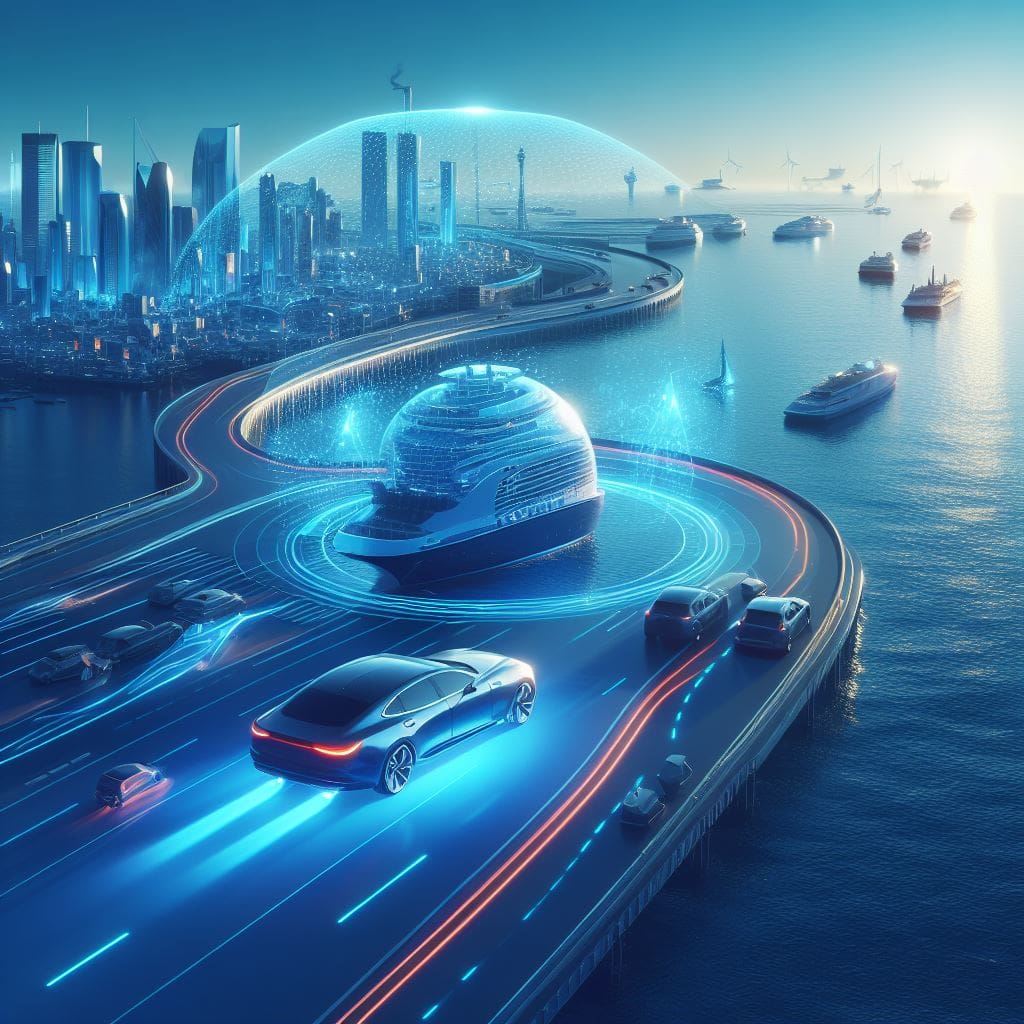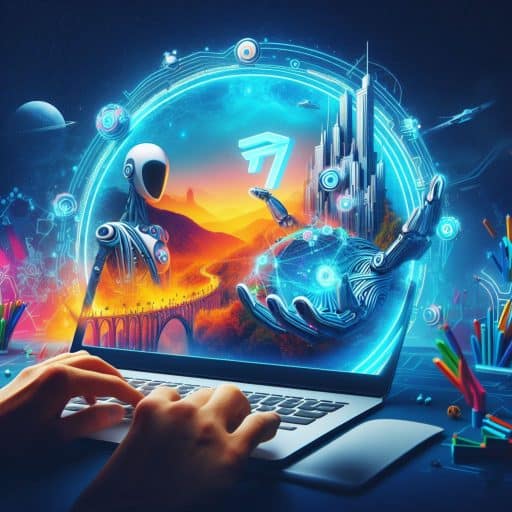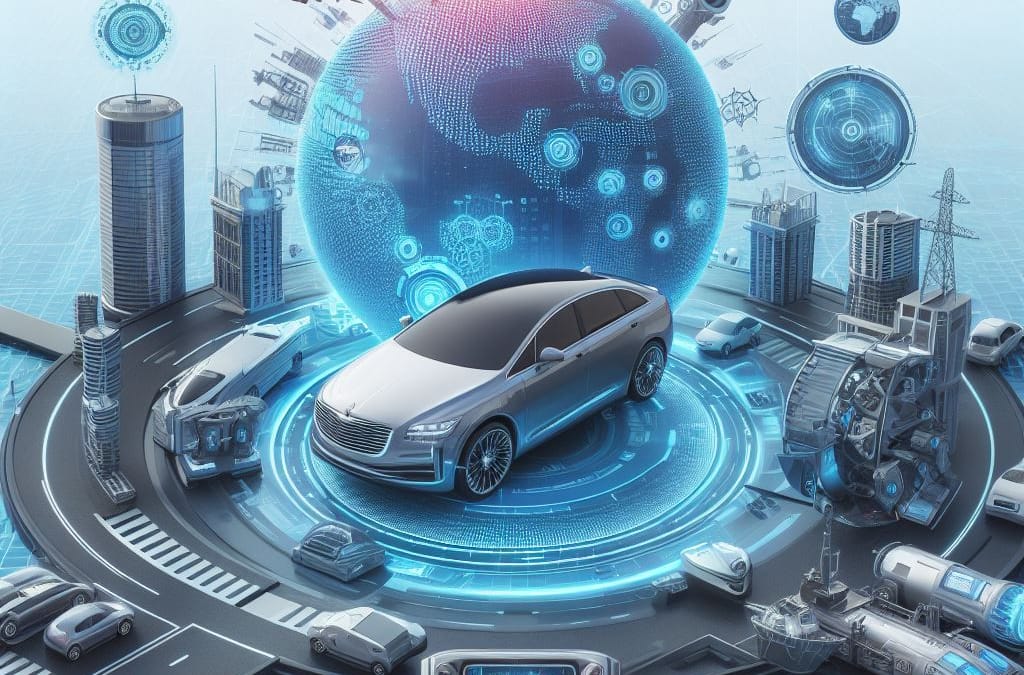We are on the cusp of a transportation revolution with the advent of autonomous vehicles. Visionary advances in artificial intelligence (AI) have given rise to a new breed of vehicles capable of self-navigation without human intervention, colloquially known as Cruise Autonomous Vehicles (CAVs). These sophisticated machines, powered by cutting-edge technology and innovative AI algorithms, are redefining mobility and reshaping the future of driving. The transformative potential of AI to drive innovation and create a more efficient, safe, and sustainable world is revealed in this comprehensive exploration of Cruise Autonomous Vehicles.
The Future of Cruise Autonomous Vehicles: A Paradigm Shift in Transportation
The idea of Cruise Autonomous Vehicles was once relegated to the realm of science fiction. However, the relentless innovation in artificial intelligence has transformed this concept into an emerging reality. CAVs are equipped with an array of sensors, cameras, and radar systems that provide a 360-degree view of the environment. This enables precise navigation and decision making that is comparable to, if not superior to, that of an experienced human driver.
The development of Cruise Autonomous Vehicles has been driven by several key technological breakthroughs:
- Advanced Sensors and Lidar Systems: These critical components allow CAVs to build a detailed map of their environment, identifying obstacles, pedestrians, and other vehicles in real-time.
- Powerful Machine Learning Algorithms: Machine learning has made it possible for vehicles to “learn” from vast amounts of data, improving their decision-making processes with every mile they drive.
- Robust communications networks: The ability of CAVs to communicate with other vehicles and with the infrastructure (V2X) improves safety and traffic flow by sharing critical information such as road conditions and traffic updates.
- Highly advanced control systems: These systems smoothly and efficiently translate AI decisions into mechanical actions like steering, braking, and acceleration.
Combining these technologies to create Cruise Autonomous Vehicles will usher in a new era of transportation.
The Impact of Cruise Autonomous Vehicles on Society
The integration of Cruise Autonomous Vehicles into our daily lives promises to revolutionize the way we commute, work, and interact with the urban landscape.
The implications are profound and varied:
- Improvements in safety: Because AI can constantly monitor the vehicle’s environment and make the right decisions quickly, CAVs have the potential to significantly reduce traffic accidents that are typically caused by human error.
- Reduce Traffic Congestion: Cruise autonomous vehicles are able to choose the most efficient routes and maintain consistent speeds, resulting in smoother traffic flow and less congestion.
- Eco-Friendly Solution: CAVs have the potential to be more efficient than human-driven vehicles, resulting in lower emissions and a more sustainable transportation system. This is especially true when combined with electric propulsion.
- Accessibility for All: Autonomous cars could provide greater mobility to people who currently can’t drive because of age, disability, or other factors. It could improve the lives of many.
- Redesigning Urban Spaces: By requiring less space for parking and providing shared fleets of self-driving cars, metropolitan areas could have more space for green space or growth.
Cruise Autonomous Vehicles and the Economy
The financial impact of Cruise Autonomous Vehicles (CAVs) is enormous, signaling a change in the economic landscape of transportation. CAV adoption is expected to disrupt industries, creating new business models while making others obsolete.
- Automotive Industry Revolution: Traditional automakers are pivoting to develop autonomous technology or partner with tech companies to stay relevant in the age of AI.
- Jobs and Workforce Transformation: Autonomous vehicles may make trucking and taxi services obsolete, but create opportunities for new careers in AI, robotics, and autonomous vehicle maintenance.
- Insurance and Liability Paradigm Changes: As AI takes the wheel, it raises questions about liability and insurance for the operation of autonomous vehicles, requiring new approaches to risk assessment.
- Investment in Infrastructure: Investment in infrastructure upgrades, such as smart roads and transportation systems, is critical to realizing the full benefits of CAVs.
Ethical and Regulatory Considerations for Cruise Autonomous
Cruise Autonomous Vehicles present significant ethical and regulatory challenges. These include privacy concerns due to data collection, ethical decision-making in unavoidable accident scenarios, and establishing comprehensive regulations to ensure the safe integration of autonomous vehicles into public roadways.
Governments and regulators around the world are trying to find a balance that protects citizens without stifling innovation. It’s essential that these frameworks are designed with transparency, inclusiveness, and flexibility to keep up with the rapid pace of technological advances.

Looking to the Horizon: The Future of Cruise Autonomous Vehicles.
The journey of Cruise Autonomous Vehicles is just beginning. As the technology improves and more people begin to use it, we can expect more developments that will transform the transportation industry:
- Interconnected Ecosystems: Future Cruise Autonomous Vehicles (CAVs) will operate as part of a broader, interconnected environment involving smart cities, IoT devices, and other forms of AI technologies, providing an integrated, seamless user experience.
- Travel Personalization: AI will enable travel personalization, with user preferences adjusting vehicle settings and optimizing routes based on habits.
- New Transportation Methods: CAV technology could lead to new forms of mobility, such as flying cars or personal transport drones.
- Global Accessibility: Autonomous vehicle technology has the potential to proliferate globally, providing consistent transportation solutions that transcend geographical and social barriers.
Looking to the future, AI-powered transportation will revolutionize mobility, connectivity, and urban life. While cruise autonomous vehicles face significant technological, societal, and logistical obstacles, innovation is unstoppable and limitless. Only the scope of human imagination and ingenuity limits the potential of this new horizon.


Recent Comments